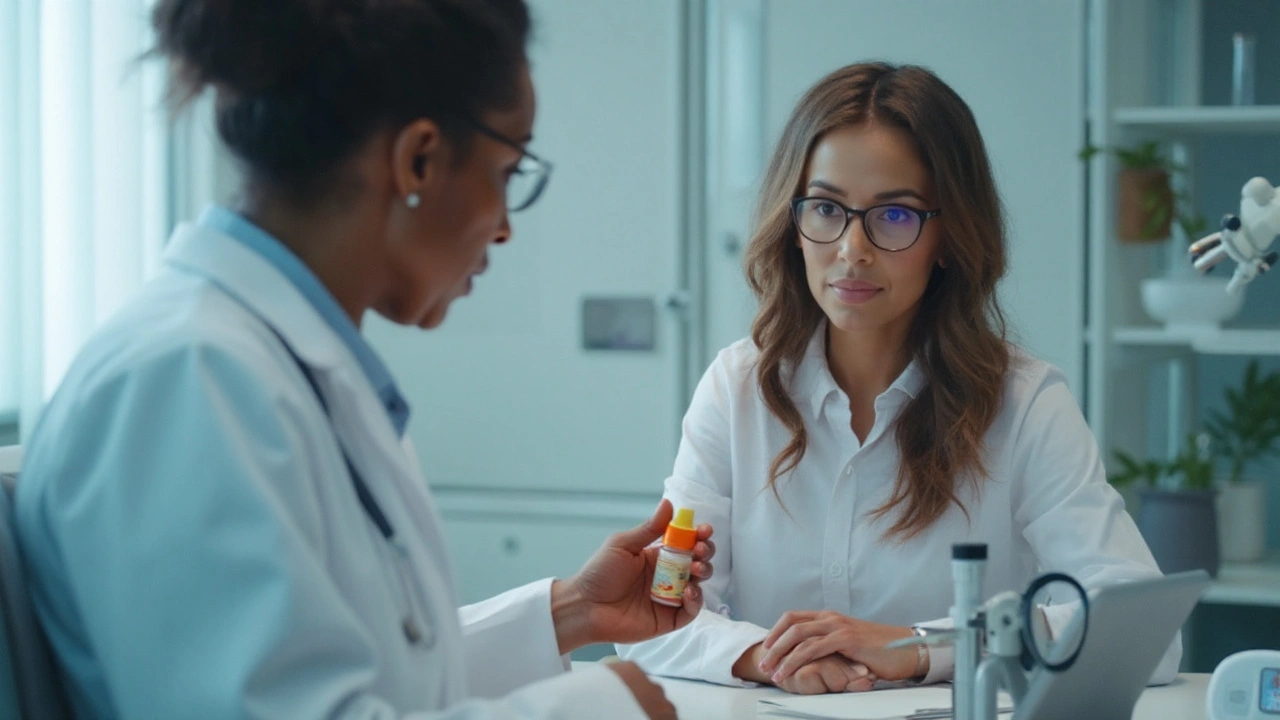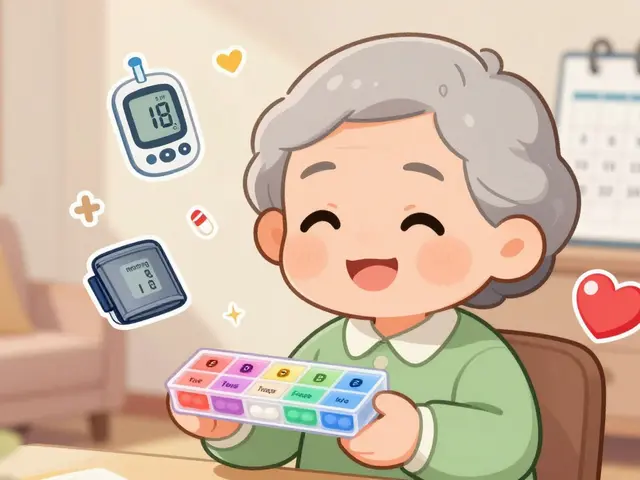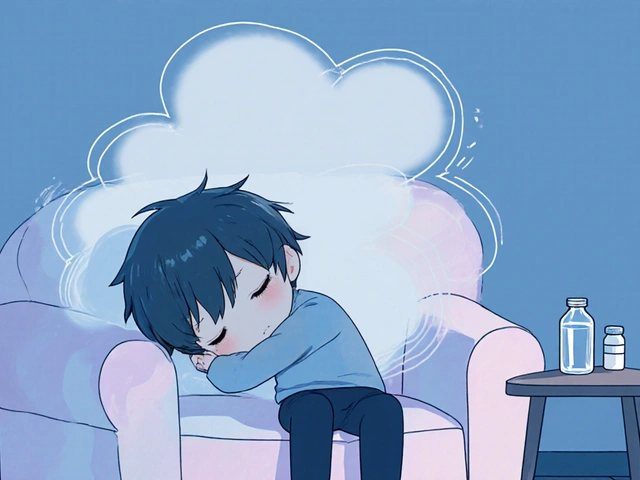Steroid‑Induced Glaucoma: Quick Facts and Practical Tips
Ever used a steroid cream or eye drop and wondered if it could hurt your eyes? That’s a real concern. Some steroids can push up the fluid pressure inside your eye, and if the pressure stays high, it can damage the optic nerve – that’s steroid‑induced glaucoma. The good news is you can catch it early and act fast.
Why Steroids Raise Eye Pressure
When you apply a steroid, it works by calming inflammation. The same calming effect can also slow down the drainage pathways in the eye. Think of the eye like a tiny balloon with a vent; if the vent gets clogged, pressure builds up. Not every steroid does this, and the risk depends on the strength, how often you use it, and how long you stay on it. Eye drops used for allergies or post‑surgery swelling are the usual culprits, but even strong skin creams can affect the eyes if they drip into them.
Spotting the Signs Early
Glaucoma often sneaks up without obvious pain, but you might notice blurred spots, halos around lights, or a sudden loss of peripheral vision. If you’re on steroids and notice any of these changes, don’t wait. Schedule an eye exam right away. An eye doctor will measure the intraocular pressure (IOP) with a quick puff of air or a tiny probe – it’s painless and takes minutes.
Even if you feel fine, regular checks are smart if you’ve been using steroids for more than a few weeks. Many eye doctors recommend a baseline pressure reading before you start treatment and follow‑up checks every few months.
What to do if the pressure is high? Your doctor might lower the steroid dose, switch to a milder formula, or add eye drops that help fluid out of the eye. In some cases, oral medications are used for a short period. The goal is to keep the pressure in the safe zone – usually below 21 mm Hg.
Besides medical steps, you can protect your eyes with simple habits: avoid rubbing them, use sunglasses to reduce glare, and keep a healthy diet rich in leafy greens. These won’t replace treatment, but they support overall eye health.
Remember, steroids are powerful tools for inflammation, but like any tool, they need proper handling. Talk to your pharmacist or doctor about the lowest effective dose and the shortest course possible. If you’re prescribed steroid eye drops, ask how long you should use them and when to get a follow‑up exam.
Bottom line: steroid‑induced glaucoma is preventable. Keep an eye on any vision changes, stick to follow‑up appointments, and never adjust your medication without a professional’s advice. Your eyesight is worth the extra effort.
Brinzolamide in Steroid‑Induced Glaucoma: Mechanism, Dosing, Efficacy

How brinzolamide helps manage steroid-induced glaucoma: when to use it, dosing, expected pressure drop, combos, risks, and real-world tips for 2025.
read more



